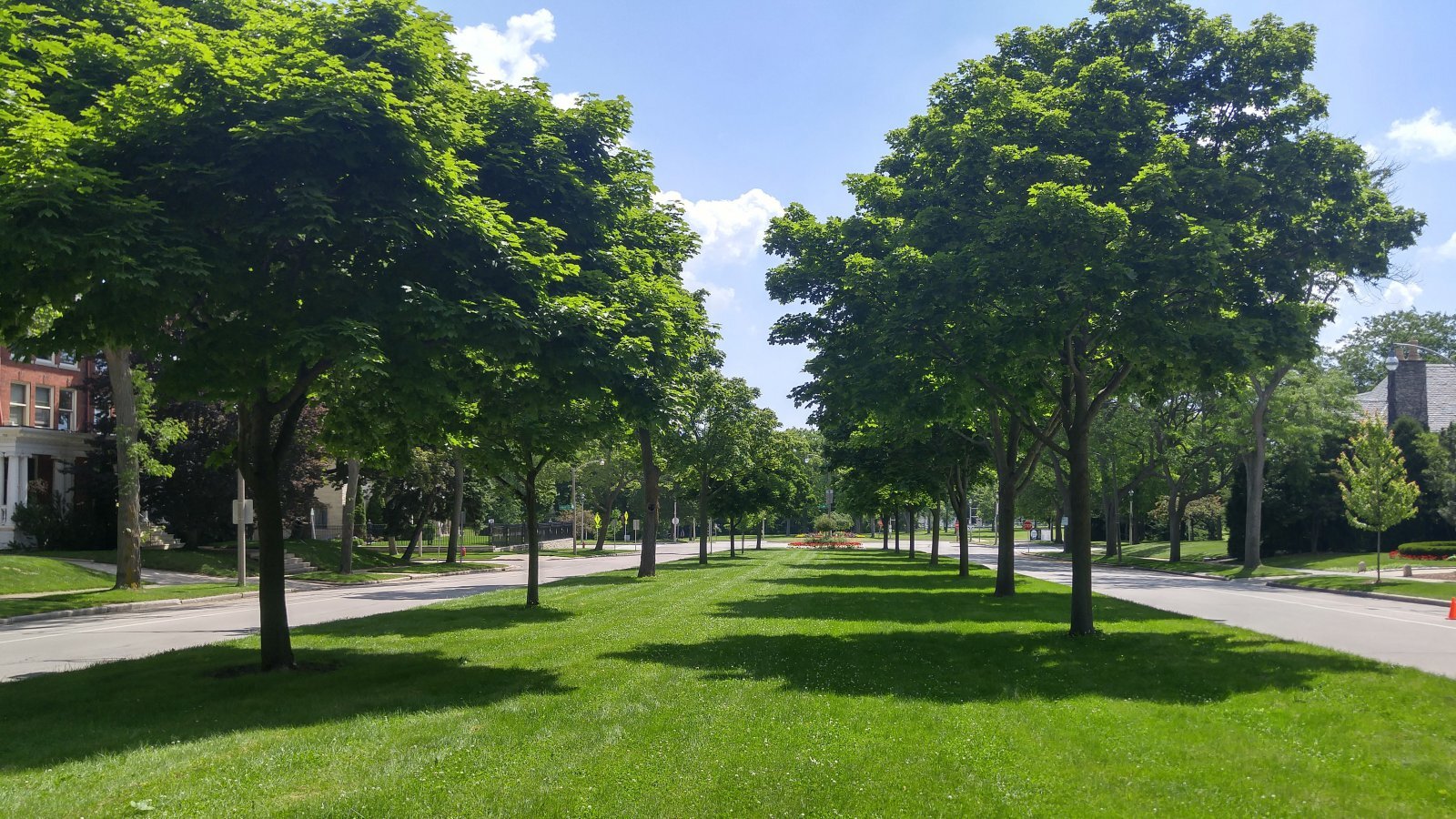Trees Mitigate Urban Heat Islands
Urban heat islands occur when cities replace natural land cover with concentrations such as pavement, buildings, and other surfaces that absorb heat. This urban heat island effect increases energy costs for air conditioning, leading to an increase in air pollution levels. An urban heat island is an urban area that is significantly much warmer than rural areas surrounding the urban area due to human activity. The heat is most impairment when the winds are weak, also making the night time temperature also warmer. Structures such as buildings, and paved roads re-emit the sun’s heat more than natural landscapes or bodies of water would. This urban island heat effect is also a leading cause of heat related illnesses. The Green Valley Project is putting effort into reducing this urban heat island effect in Ojai! Focusing on planting oak trees to produce more clean oxygen, and the huge benefit of shade!
Trees and most vegetation help to cool the environment, making the planting of oaks an effective way to reduce urban heat island. Trees help to combat the heat through shade with their leaf canopies. These prevent sun rays from reaching the ground where the sun could re-emit its heat. Trees also have the ability to undergo transpiration; the exhalation of water vapor through the stomata of the tree. Stomata are cell structures in the epidermis of a plant’s leaf and are involved in the exchange of carbon dioxide and water between trees and the surrounding atmosphere. The released water vapor cools the atmosphere, lowering the temperature. Planting trees ultimately improves the livability of our community.



